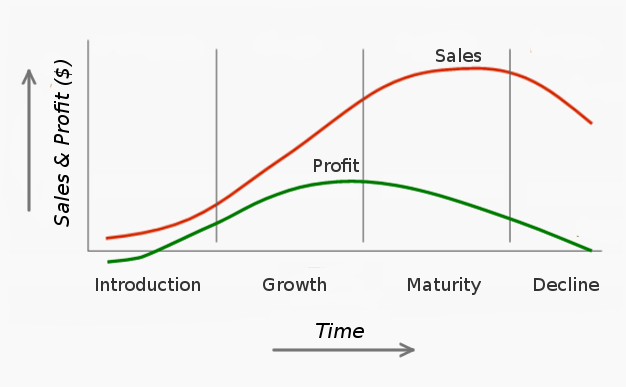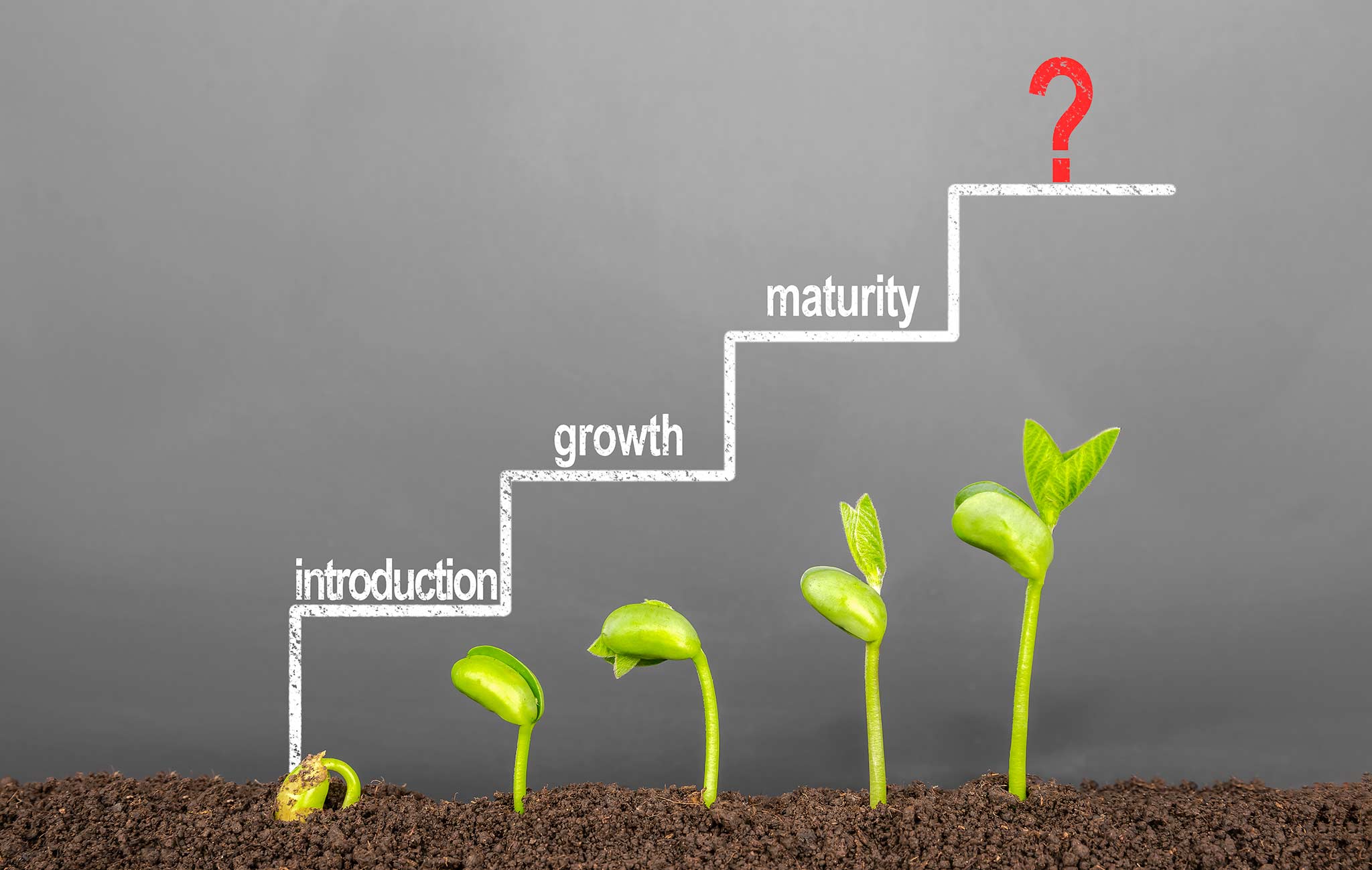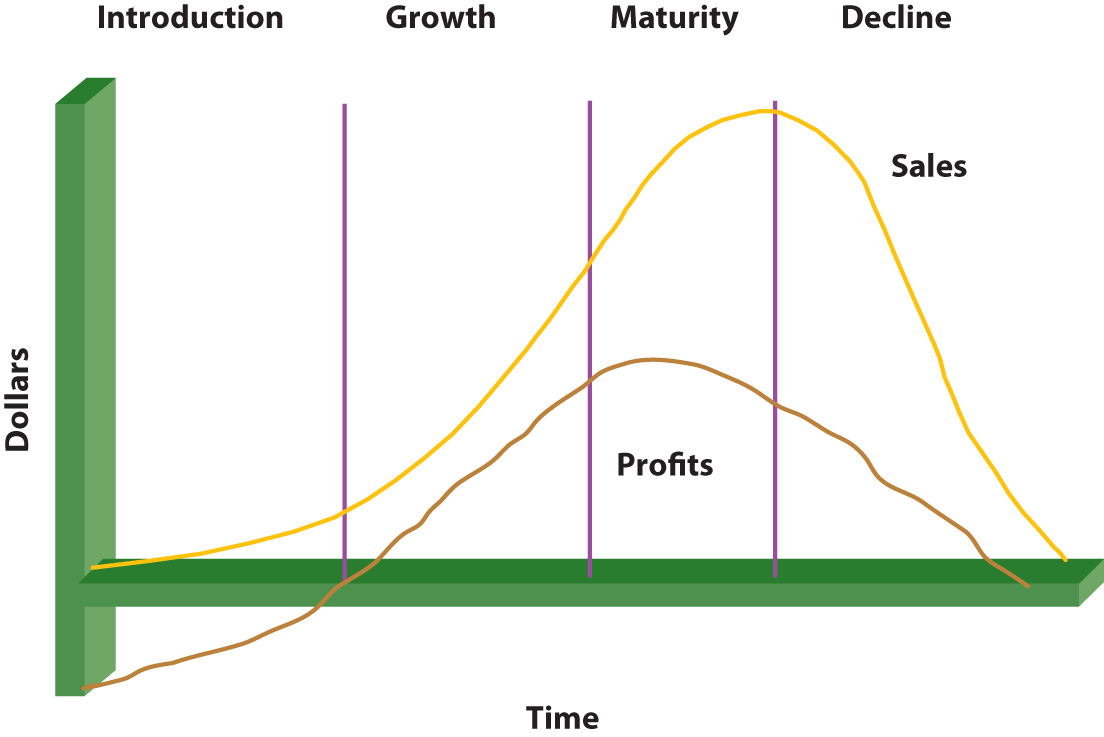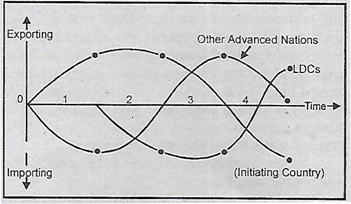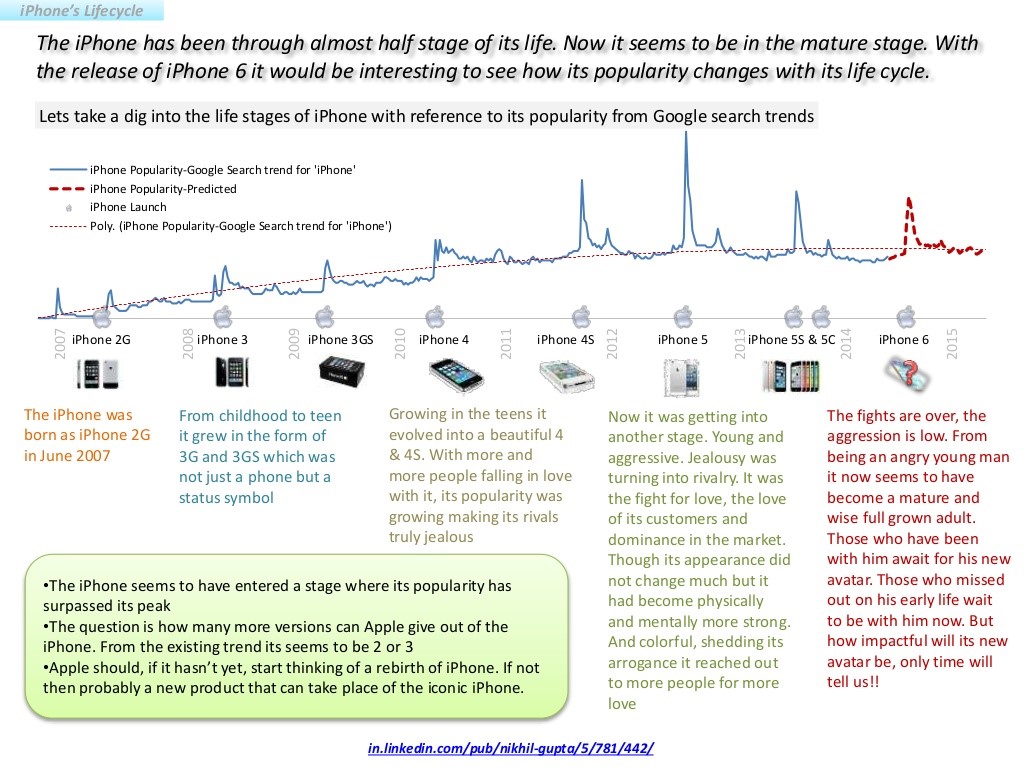The international product lifecycle is a concept that describes the stages a product goes through in the global market. It begins with the introduction stage, where the product is introduced to a new market, and ends with the decline stage, where the product is no longer in demand or is being phased out. Understanding the international product lifecycle can be helpful for businesses looking to enter new markets or expand their global reach, as it can inform decisions about where and how to sell a product.
In the introduction stage, a product is launched in a new market. This can be a challenging phase, as the product is unknown to consumers and may not yet have a strong brand presence. Marketing efforts during this stage are typically focused on introducing the product to the market and building awareness. The introduction stage is also when the product is likely to be the most expensive, as production costs are high and demand is low.
During the growth stage, the product begins to gain traction in the market. Demand for the product increases, and the company may see increased profits. Marketing efforts may shift towards promoting the product's features and benefits, as well as expanding distribution channels to reach more consumers. Production may also ramp up to meet increasing demand.
In the maturity stage, the product has reached its peak in the market. Demand for the product may begin to slow or stabilize, and the company may start to see decreasing profits. Marketing efforts may focus on maintaining the product's market share and maximizing profits. The product may also face increased competition from similar products.
Finally, in the decline stage, the product is no longer in demand or is being phased out by the company. This may be due to changing consumer preferences, technological advances, or the introduction of new products. The company may stop producing the product or decrease production significantly.
Understanding the international product lifecycle can be helpful for businesses looking to enter new markets or expand their global reach. By understanding where a product is in its lifecycle, a company can make informed decisions about how to market and sell the product, as well as how to allocate resources. For example, a company may choose to invest more heavily in marketing during the introduction stage to build awareness, while in the decline stage, it may focus on maintaining its market share or transitioning to a new product.
Overall, the international product lifecycle is an important concept for businesses looking to navigate the global market. By understanding the stages a product goes through and how to best position the product at each stage, companies can make strategic decisions that help them succeed in the global market.

